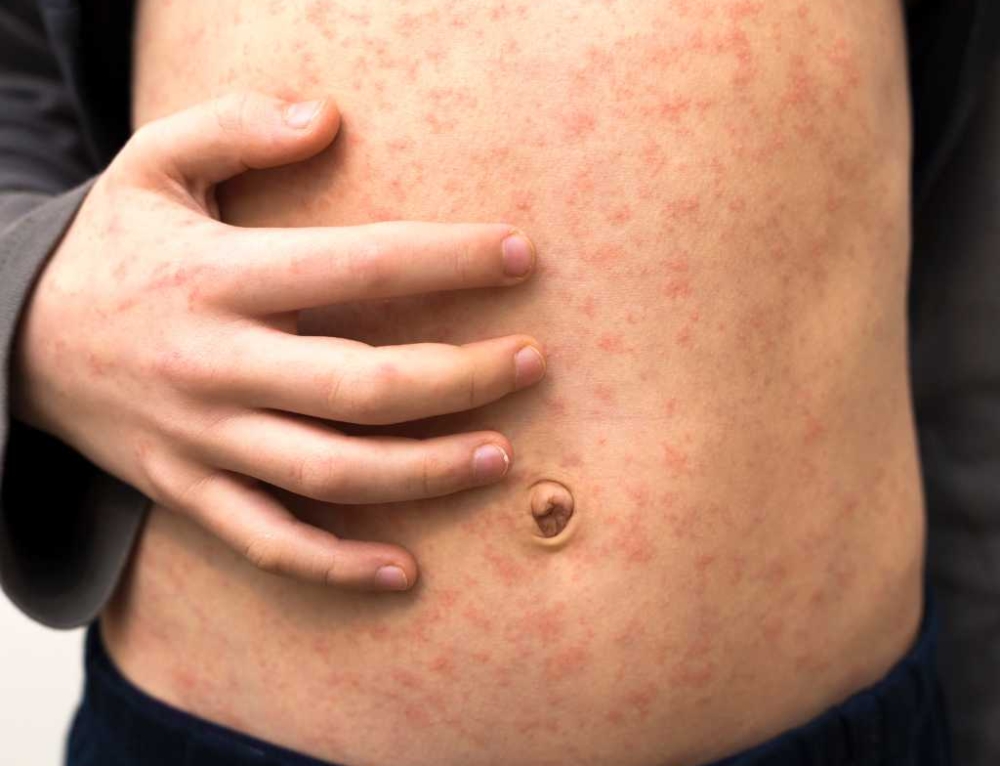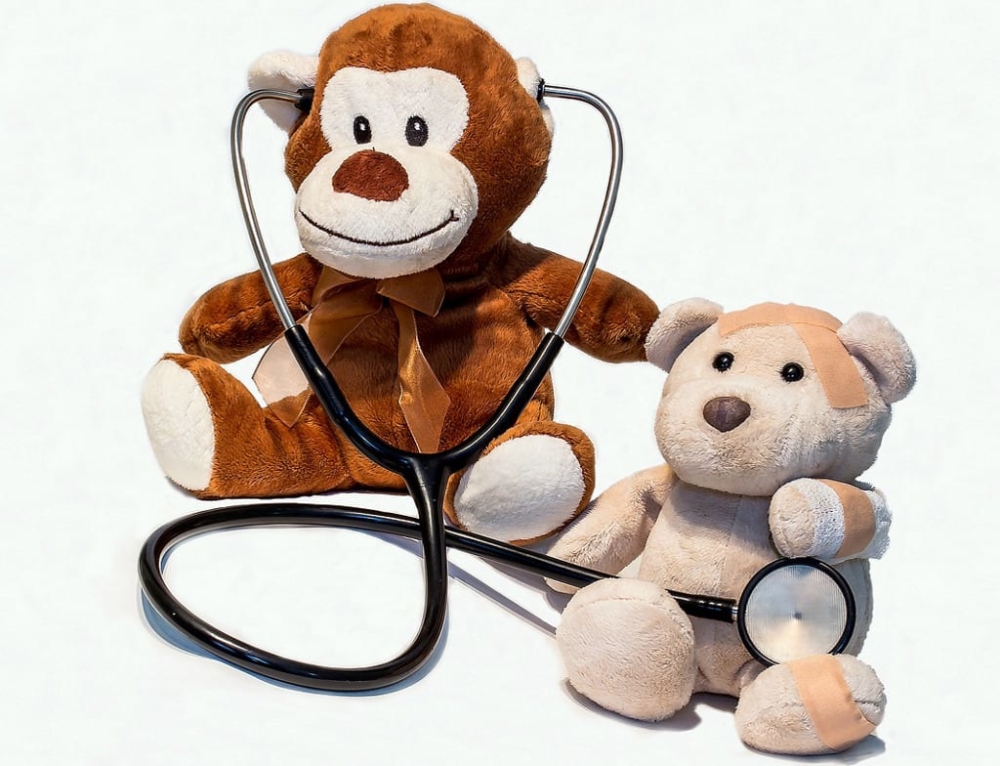If you’ve ever watched a toddler run, you’ll know that they’re top-heavy and this means they constantly seem to be banging their head on something. So how can you know when the injury is more serious and needs medical attention?
Head injuries, particularly in kids, are extremely common – and babies and toddlers have twice the risk of head injuries than children of any other age. On the most part, these injuries are minor thanks to the hardiness and hardness of our skulls.
But nevertheless the prevalence of serious head injuries is quite startling with head injuries being a major cause of death and disability in children. Even minor injuries can lead to problems with behaviour, attention and learning.
When to see the doctor about head injuries
Get medical help urgently if your child:
- has received a hard bang on the head (say, from a major fall)
- appears dazed or loses consciousness, even momentarily
- seems unwell or vomits after the injury is sustained
If your child is unconscious call an ambulance straight away, but do not leave her alone. And if your child falls asleep after the fall but is difficult to wake after an hour or so, or is dazed on being awoken, see a doctor immediately.
And if you feel at all uneasy about the head injury, you should just ease your own anxieties and see a doctor.
What is concussion
Concussion is an actual brain injury and should be taken seriously. It’s caused by trauma to the head where the brain hits the inside of the skull – first one side, then the other – damaging blood vessels and causing bleeding into the brain, or around the brain. People can suffer concussion without becoming unconscious.
You can get more information on concussion, its symptoms and treatment.
Treating a minor head injury
According to the Royal Children’s Hospital of Melbourne, most children with minor head injuries make a full recovery. But here’s the treatment the RCH recommends:
- Apply ice or a cool wash to the area injured to help reduce the swelling.
- If your child has a cut, apply a clean dressing and press on it for about five minutes because cuts to the head will often bleed a lot.
- If it is deep, or difficult to stop bleeding, it may need stitches so go to your nearest accident and emergency department.
Once you’ve done these initial treatments, you need to watch your child for the next day or two just to make sure there is not a more serious brain injury.
If your child complains of a severe headache, starts vomiting or shows signs of mood swings, unusual tiredness, concentration problems or behavioural changes, go and see your doctor.







Leave A Comment
You must be logged in to post a comment.